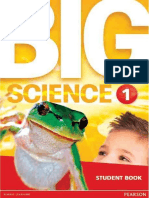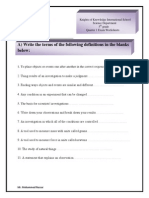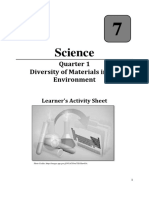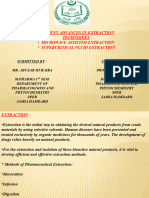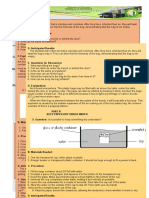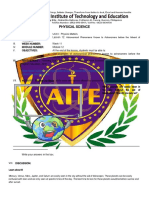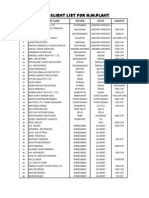0% found this document useful (0 votes)
6 views12 pagesScience Back To Basic
The document explains the scientific method, which consists of steps like observation, hypothesis, experiment, data collection, and conclusion, using examples to illustrate each step. It also categorizes living and nonliving things, defining characteristics of living organisms and their habitats, as well as adaptations. Additionally, it covers measurement in science, types of matter and energy, and includes quizzes for assessment.
Uploaded by
cabielrhea5Copyright
© © All Rights Reserved
We take content rights seriously. If you suspect this is your content, claim it here.
Available Formats
Download as DOCX, PDF, TXT or read online on Scribd
0% found this document useful (0 votes)
6 views12 pagesScience Back To Basic
The document explains the scientific method, which consists of steps like observation, hypothesis, experiment, data collection, and conclusion, using examples to illustrate each step. It also categorizes living and nonliving things, defining characteristics of living organisms and their habitats, as well as adaptations. Additionally, it covers measurement in science, types of matter and energy, and includes quizzes for assessment.
Uploaded by
cabielrhea5Copyright
© © All Rights Reserved
We take content rights seriously. If you suspect this is your content, claim it here.
Available Formats
Download as DOCX, PDF, TXT or read online on Scribd
/ 12












